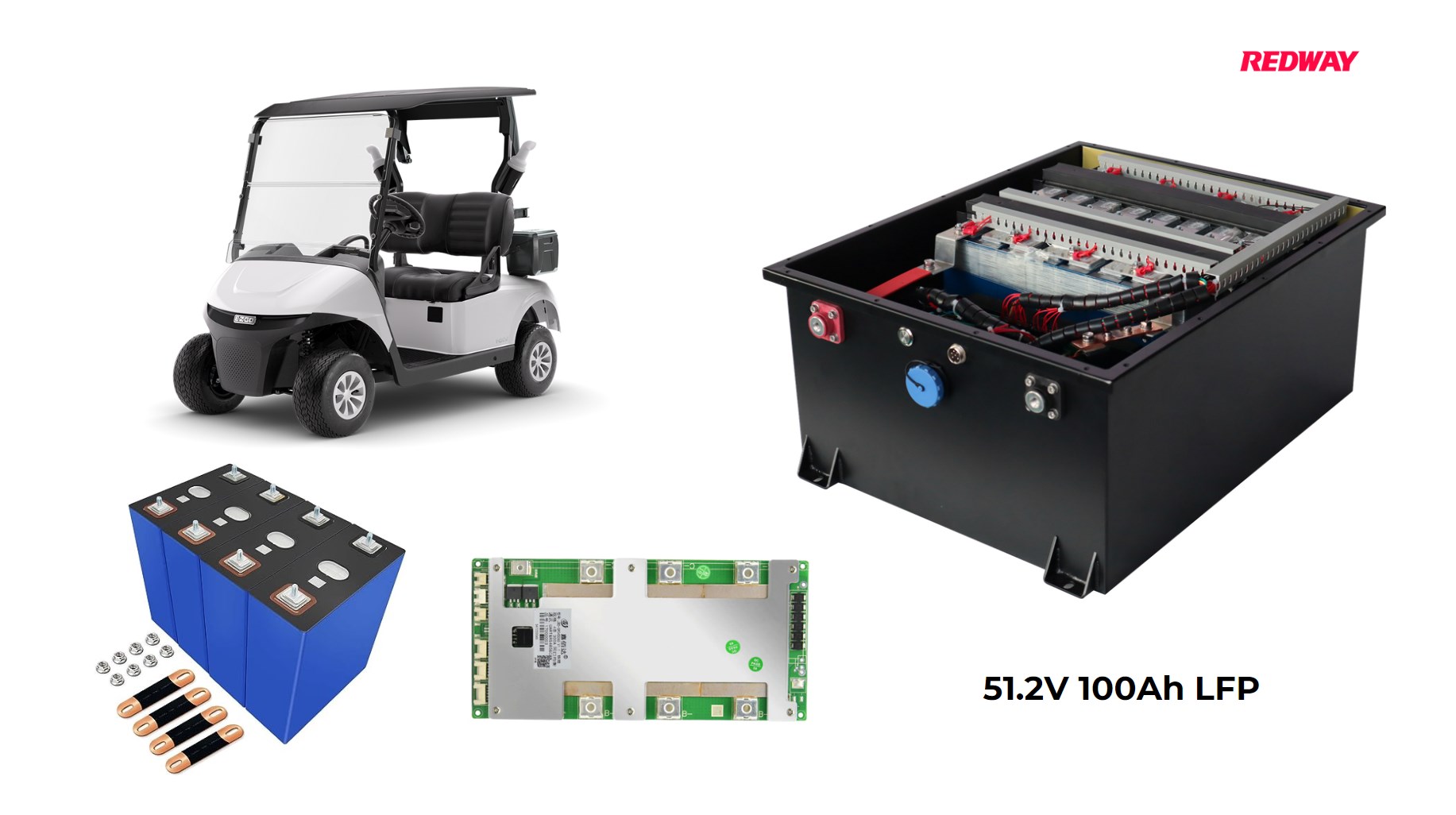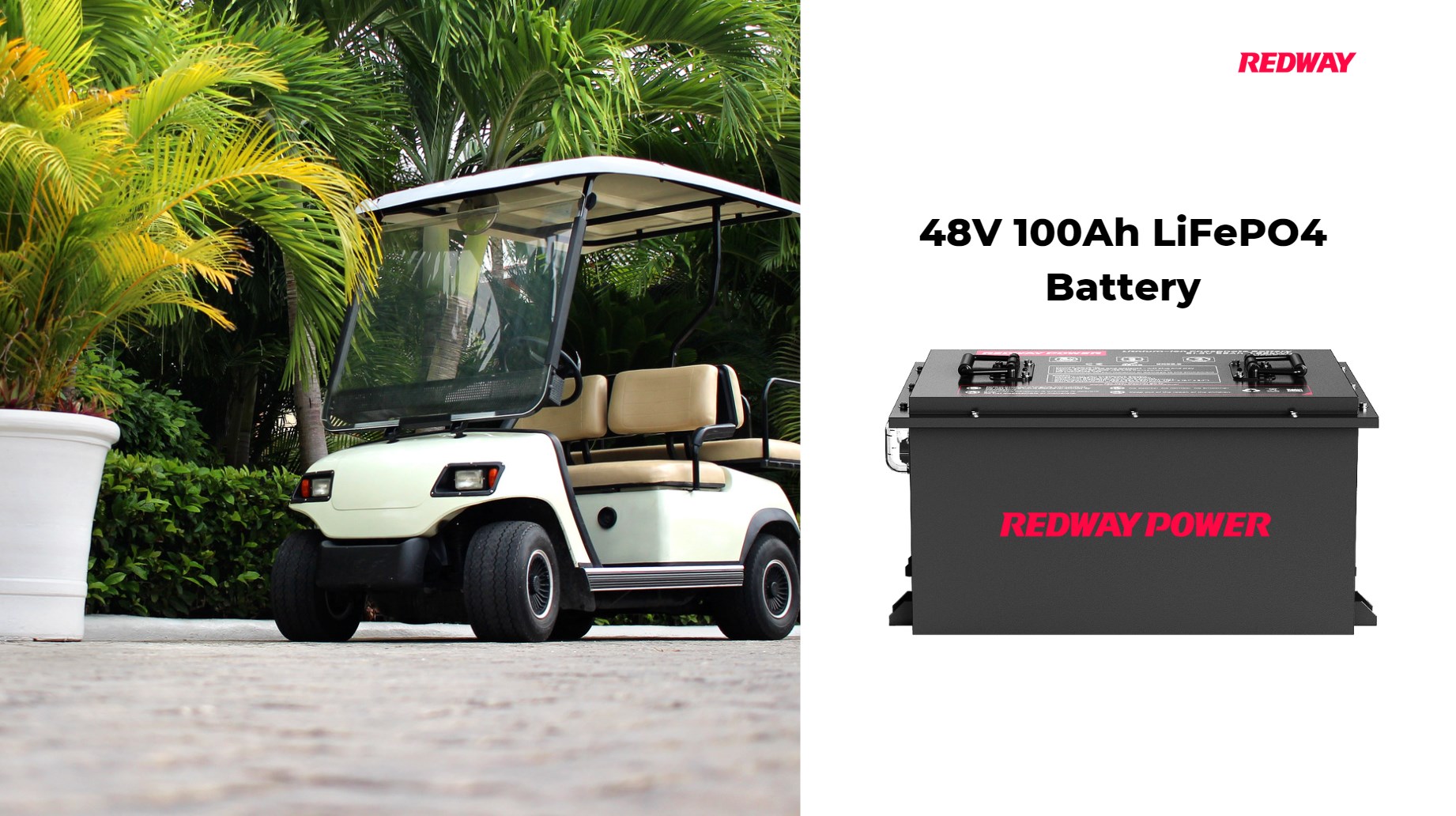The average cost of lithium iron phosphate (LiFePO4) golf cart batteries typically ranges from $800 to $2,000 or more, depending on factors such as capacity and brand features like battery management systems (BMS). While this initial investment is higher than traditional lead-acid batteries, their longevity often justifies the cost.
What Factors Influence the Cost of LiFePO4 Batteries?
The cost of LiFePO4 batteries is influenced by raw material prices, manufacturing costs, battery size and capacity, and market supply and demand. Higher-quality materials and advanced manufacturing processes can increase the overall price, while economies of scale may lower costs as demand grows.
Several factors influence the pricing of LiFePO4 batteries:
- Capacity: Higher capacity batteries generally cost more; for instance, a 100Ah battery may range from $600 to $900, while a 300Ah battery can exceed $1,500.
- Brand Reputation: Established brands may command higher prices due to perceived reliability and warranty offerings.
- Additional Features: Features such as advanced BMS or faster charging capabilities can also affect pricing.
How Do LiFePO4 Batteries Compare to Lead-Acid Batteries in Cost?
While lead-acid batteries are typically cheaper upfront, costing between $600 to $1,200 for a full set, they have shorter lifespans (3–5 years) and higher maintenance costs over time. In contrast, although LiFePO4 batteries may cost between $800 to $2,000 initially, their longevity (8–15 years) and minimal maintenance make them a more cost-effective option in the long run.
What Are the Long-Term Savings Associated with LiFePO4 Batteries?
Long-term savings with LiFePO4 batteries come from their longevity and low maintenance needs. They can last up to 10 times longer than lead-acid batteries, reducing replacement costs and maintenance expenses significantly over their lifespan.
Investing in LiFePO4 batteries can lead to significant long-term savings due to:
- Reduced replacement frequency compared to lead-acid batteries.
- Lower maintenance costs since they do not require regular watering or terminal cleaning.
- Increased efficiency resulting in lower energy costs during charging cycles.
How Do Installation Costs Affect Overall Battery Expenses?
Installation costs can vary based on whether you choose professional installation or DIY methods. Professional installation may add an additional $100 to $300 to your total costs but ensures proper setup and safety compliance, potentially saving you money on future repairs or replacements.
Know More:
What Are the Cost Considerations for LiFePO4 Golf Cart Batteries?
What Is the Initial Investment for LiFePO4 Golf Cart Batteries?
How Do Long-Term Savings Compare to Upfront Costs of LiFePO4 Golf Cart Batteries?
What Factors Influence the Return on Investment for LiFePO4 Batteries?
What Is the Lifespan of LiFePO4 Golf Cart Batteries?
Typically, a well-maintained LiFePO4 battery can last between 10 to 15 years or more, significantly outpacing traditional lead-acid batteries which generally last about 3–5 years.
LiFePO4 golf cart batteries have a lifespan of around 2,000 to 5,000 cycles. This longevity means they can last several years with proper care, making them a reliable choice for golf carts.
What Maintenance Costs Should Be Considered?
Maintenance costs for LiFePO4 batteries are minimal, usually around $10 to $20 per year for occasional cleaning. In contrast, lead-acid batteries incur higher maintenance costs due to regular upkeep needs.
- Periodic inspections for connections and corrosion.
- Monitoring charge cycles to prevent deep discharges.
- Keeping terminals clean and free from debris.
Are There Any Hidden Costs When Using LiFePO4 Batteries?
While LiFePO4 batteries have fewer hidden costs compared to lead-acid options, potential hidden costs may include initial installation fees or specialized charging equipment. However, these are generally outweighed by long-term savings.
- Replacement chargers specifically designed for lithium technology.
- Upgrades needed for existing electrical systems in older golf carts to accommodate new battery technology.
What Are the Benefits of Investing in LiFePO4 Technology?
Investing in LiFePO4 technology offers benefits like longer lifespan, lower maintenance needs, improved safety features, and better energy efficiency. These advantages make them a smart choice for various applications beyond just golf carts.
- Enhanced safety features that minimize risks associated with overheating.
- Greater energy efficiency leading to improved performance in golf carts.
- Environmental advantages due to longer lifespans reducing waste.
How Do Market Trends Affect Battery Prices?
Market trends can significantly impact battery prices due to fluctuations in supply and demand for raw materials. As demand for renewable energy solutions increases, the production capacity for LiFePO4 batteries may also rise, potentially lowering prices over time.
What Financing Options Are Available for Battery Purchases?
Financing options for purchasing LiFePO4 batteries may include installment plans through retailers or loans from financial institutions. Some companies also offer leasing options to make the upfront investment more manageable.
Expert Views
“Understanding the cost considerations associated with LiFePO4 batteries is crucial for making informed decisions,” states an expert from Redway. “While they may require a higher initial investment, their long-term benefits often outweigh these costs significantly.”
Conclusion
In summary, while lithium iron phosphate (LiFePO4) golf cart batteries come with a higher initial price tag compared to traditional lead-acid options, their long-term savings, enhanced performance, and lower maintenance needs make them a wise investment for golf cart users seeking reliability and efficiency.
The cost of golf cart batteries varies widely depending on the type, brand, and capacity. Traditional lead-acid batteries are the most affordable option, with prices typically ranging from $600 to $1,600 for a full set, depending on voltage and the number of batteries needed. For example, a set of eight 6-volt lead-acid batteries for a 48V golf cart usually costs around $1,500. However, these batteries require regular maintenance and have a shorter lifespan.
On the other hand, lithium batteries, especially those from a trusted LiFePO4 battery manufacturer, cost more upfront—often between $2,000 and $3,000 for a 48V system—but offer significant benefits. LiFePO4 battery manufacturers provide batteries with longer cycle life, faster charging, lighter weight, and lower maintenance. While the initial investment is higher, lithium batteries deliver better performance and cost savings over time, making them a popular choice for golf cart owners seeking durability and efficiency.
FAQ Section
- What is the average cost of a LiFePO4 golf cart battery?
The average cost typically ranges from $800 to $2,000 depending on capacity and features.
- How do LiFePO4 batteries compare financially to lead-acid batteries?
While lead-acid batteries are cheaper upfront ($600-$1,200), their shorter lifespan makes them more expensive over time compared to longer-lasting LiFePO4 options.
- Are there financing options available for purchasing these batteries?
Yes, many retailers offer financing plans that allow customers to pay over time rather than all at once.

